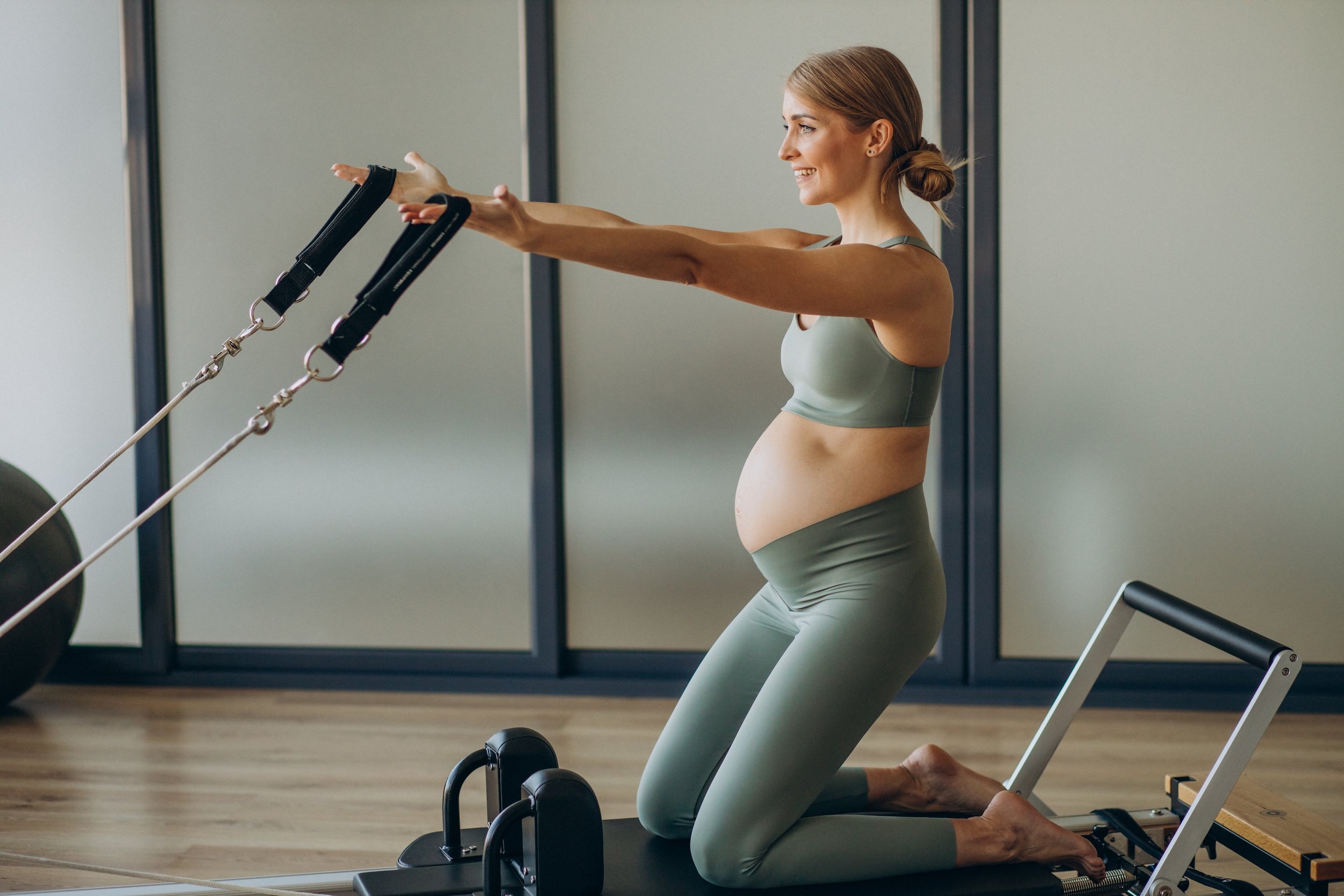The science of a good warm-up is arguably one of the most misunderstood and often under-appreciated aspects of the fitness world. Irrespective of whether you are a professional soccer player, a recreational runner or an everyday gym-goer everyone knows it is important to ‘warm up’. However, understanding what a good warm-up is versus how it is actually performed is always going to be different.
So the question is- what is the best warm-up?
Like many questions that are asking for a one-size-fits-all approach, it is frustratingly going to be “it depends”. The best warm-up will always depend on the context within which it is placed. For example, a warm-up for an Olympic lifter compared to that of a marathon runner will look completely different. This is because what is required of your body in these contexts is very different. When I say ‘different’ I’m referring to variables like joint range of motion, intensity, volume or movement patterns. In every case, the more specific a warm-up is to a sport, the better the performance is likely to be. With this being said, there are some common threads that will apply to all warm-ups. The first and obvious place to start is to literally ‘warm up’. When we look at the research the most “important” aspect of a warm-up is to increase the body’s temperature.
Why is it important to increase our body temperature (aka “warm-up”)?
1. Increase in metabolism
An increase in metabolism expedites our body’s chemical reactions which we want before all and any physical activity.
2. Increase in nerve conduction velocity
Nerve conduction velocity is the rate at which electrical impulses are sent from our brain to our muscles. As your temperature increases so does the transmission rate. In return, your reactions and speed of movement will be a lot quicker if you do your warm-up.
3. No injuries
Picture a piece of frozen bubblegum. It’s really hard to stretch out, it might even snap in half if it’s frozen enough. Put some heat over and what happens? It’s moldable, stretchy and there’s little chance of it snapping. It’s the exact same thing with your muscles. Warm them up before you work out so you avoid any “snapping”.
How should you be warming up?
There are many different ways to warm up. You can go jogging, bike riding, rowing, do some dynamic stretching. As long as you achieve your one main aim – increase your body temperature you’re good. The only real limitation with warm-ups is your imagination so feel free to get creative.
What I recommend for my clients is to include some dynamic stretching in their warm-ups. This is a great way to warm up your joints and improve your overall mobility, and it keeps things a little more interesting. But before we go on I need to emphasise the difference between dynamic and static stretching.
Dynamic stretches are active movements which means you never stop moving. You’re constantly moving in a full range of motion like straight leg kicks or arm circles.
Static stretching is when you stand, sit or lie still and hold a single position for a period of time. For example, the hamstring stretch when you touch your toes.
Going back to your warm-up, I’d never recommend including static stretching because it increases the chances of injury (remember the frozen bubblegum). However, static stretching can be a good tool in your cooldown because your muscles are already warm and aren’t at risk of injury.
Your warm-ups should also include activation. Muscle activation means “waking up” or “firing” a muscle you’ll be needing a lot of in your workout. For example, if my client was a runner they would be including core activation (e.g. deadbugs) and hip activation (e.g. clamshells) in their warm-up.
Lastly, it is important to build up to an activity. With a lot of team sports like soccer, or football you will often see teams even once on the field still performing drills and low-threshold work. The idea is to slowly increase the intensity before the match so that you are primed and ready to go for kick-off.
In summary, there are a lot of key areas that go into a warm-up but it is important to keep it simple too. Some people will spend the best part of an hour performing different warm-up activities, and while this is not inherently a bad thing, it is not necessary either. A good warm-up should take between 10-15mins depending on the context. As an example, you could split your warm-up into the following sections:
- Spend 5 minutes increasing your heart rate and body temperature. You can do this by going for a jog, doing some star jumps, burpees or maybe even rowing.
- Spend 5 minutes performing dynamic stretches and activation drills specific to the needs of your activity. For example, if you’re doing squats you should activate your glutes and stretch out your ankles.
- Spend 5 minutes increasing your intensity so you can smoothly transition to 100% intensity. If your main workout is deadlifting, do some repetitions with a lighter weight.
You should always try to make your warm-up as specific to your workout or sport as possible. However, if you’re in doubt, focus on doing the one most important thing, increasing your body temperature.
 by One Playground
by One Playground




